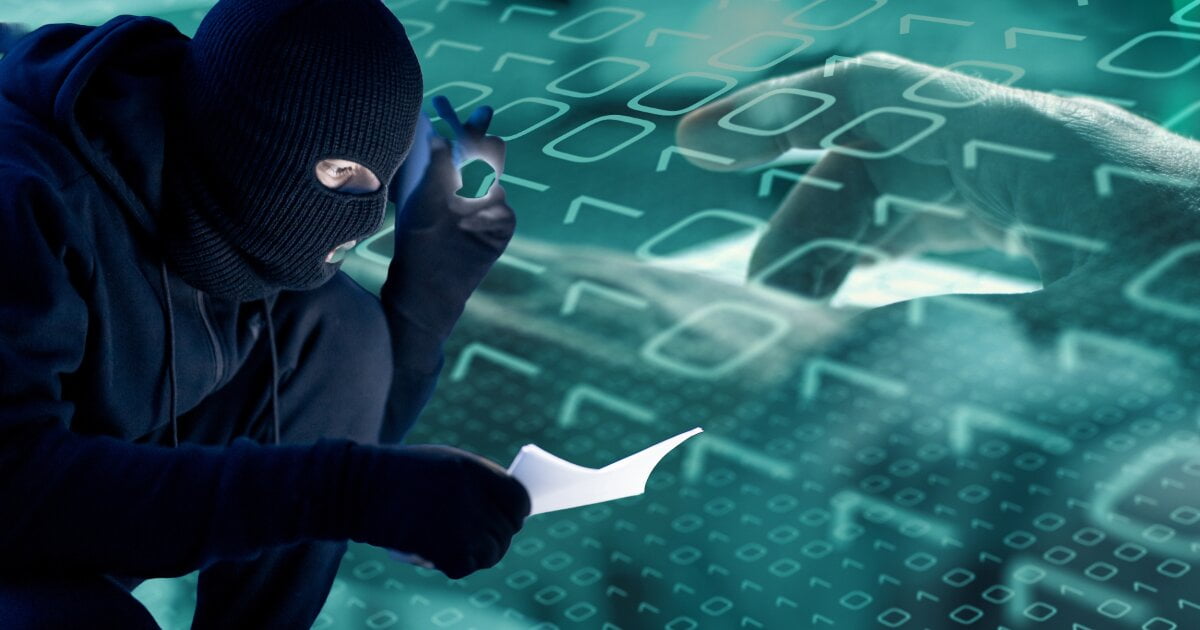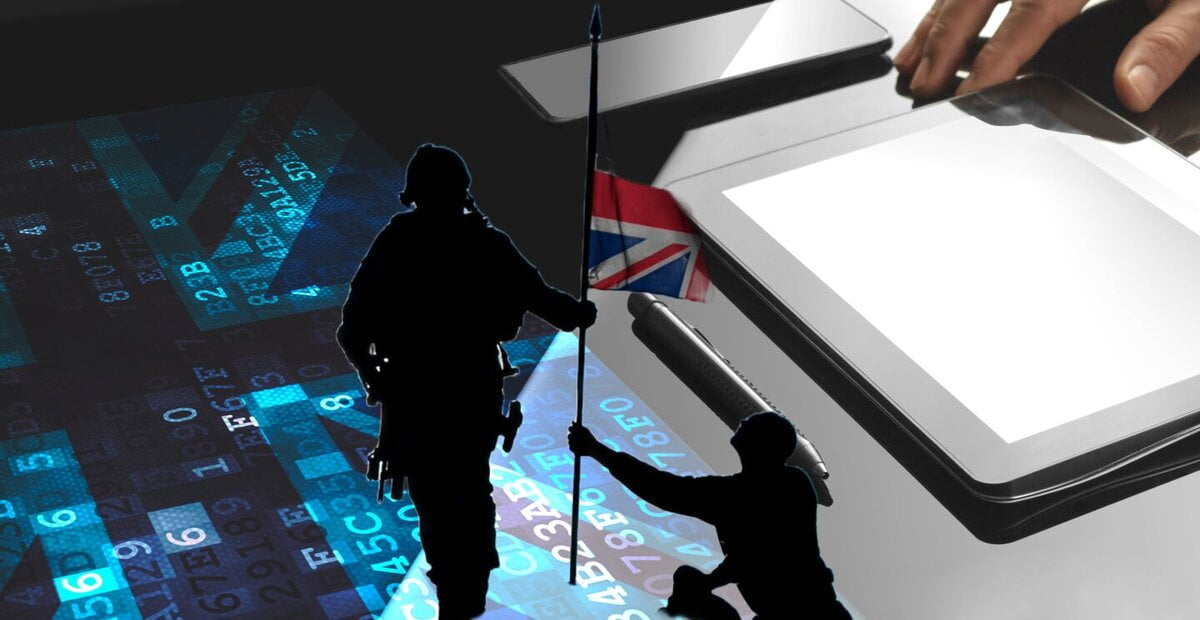While we celebrate the latest and greatest in generative AI (aka LLM processing), the world of quick summaries and quality short cuts makes us comfortable with our new technology. However, what enterprise leaves out is the inherent security risks they battle in the provision of digital products and services. Disinformation, and digital espionage are now part of a threat set that affects us all.
Technologists innovating to democratize the internet seem to have lost their way, as they take a knee to the march of big business demands. The most prolific example of this is the rise of disinformation, which social media companies profited off, but appear to do the bare minimum to police. So what? The good must outweigh the bad, right?
Mass Participation Built Social Media And Digital Espionage
I would say that the good use of social media is clear, and the inappropriate use of it is part of a larger threat. This complicates any in-depth answer. As the overall normalization and mass acceptance of social media platforms took off, the willingness of the individual to give up private information about themselves became normalized.
From Terror to Valor: Echoes and Shadows, available on pre-order for September 11th release.
Groupthink flourished on social media and even made it fashionable to give up very personal details about oneself. While appearing harmless, it set the scene for malicious intent and meticulous planning by bad-actors. We all heard about disinformation, misinformation, and some may have heard about how they sit into digital subversion strategies.
What we don’t know about is the threats that ride on the back of this disinformation wave. While struggling with social disruption because of disinformation, spin off initiatives by bad-actors can present a hidden threat. Manipulation of mainly fear and anger en masse fuels the resulting confusion.
From Disinformation to Digital Espionage
One indoctrinated cohort of individuals can spread to their local community, which is a dangerous spillover into the physical world. While we as individuals struggle with this cold war legacy, our information becomes vulnerable to theft and manipulation through digital espionage.
I remember, as a cloud engineer, reading industry updates about compromised servers manufactured in China. They had a little transparent dot on their motherboards. The lax use of sub-contractors allowed this malicious supply-chain injection. It was a transmitter controller unit, duplicating data the server manages, and forwarding it to the Chinese authorities.
It was a clever device, which allowed many things, including the digital theft of information at all levels of sensitivity. A routine audit discovered it, and set remediation activities into play by multiple cloud providers. China has been busy in the information wars, and has targeted many countries for their tech secrets, which include the Netherlands.
EU’s Netherlands Targeted by China
Between 2017 and 2020, a Chinese linked hacker group called ‘Chimera’ infiltrated the Dutch semiconductor giant, NXP. They lay undetected on their network for over two and a half years. Disciplined, patient, and skilled, they stole a host of intellectual property and technology secrets. It provided their government sponsors a hardware advantage for their own use. Chimera’s attack vector used leaked passwords from social media platforms to enable their highly successful attack.
Chinese attention on the Netherlands did not relent, as reported by the NL Times in 2022. The Dutch site reported that the Tweede Kamer (Lower House of Representatives in the Netherlands) stated they wish to remove Chinese manufactured cameras installed on all government buildings and in all police stations.
Dutch MPs cited the offensive cybercrime track record by China and its implicit threat to the Netherlands. They also cited these risks as a call to action for the timely removal of these cameras, which carry the risk of providing the Chinese government with intelligence regarding internal Dutch affairs.
A Way Forward Through The Disinformation Fog
When you see politics actually moving to limit the risks imposed by state sponsored cybercrime, it’s normal to feel assured as to the integrity of all democratic institutions. However, as digital subversion has shown us, cybercrime has become its bed-fellow, and both are enablers of more sinister strategies.
When adversaries want to punch above their weight, deceit and disinformation are invaluable tools in the execution of their plans. The structured nature of such clandestine plans require mathematical precision and expert implementation to be successful. None of this is possible without our acceptance of what they present to us via digital means.
As we are all targeted by them, we can start by un-clouding our view. Only then can we learn more about their plans for us. Replacing confusion, anger, and fear with our own purpose, resolve, and drive is a great place to start. Our own values are under a kind of subliminal attack by their abuse of the repetitive nature of social media platforms, and its developed spill over into physical communities.
Government understanding of societal trust eroding beneath their feet is also necessary. The scale and scope of this kind of hybrid warfare is unprecedented. However, as democracies are now aware of this, the responsibility lies with the government to swap out what was, for what works.
Government needs to embrace holistic approaches, such as enabling education for all on the risks of disinformation, and going after its sources. Only when the government raises its game to address, can an effective mass response via information resilience become possible. For those who think it too much, remember Ukraine’s President Zelensky brought his entire country to war defending against the Russian invasion. Despite the odds, Ukraine is still here. If they can to that, we can do this!
About the Author
John is a versatile author known for his gripping fiction narratives in the thriller, action, and suspense genres. With a background as a journalist since 2016, and expertise in cloud technologies as an engineer; John brings a unique blend of storytelling prowess and technical acumen to his work.




